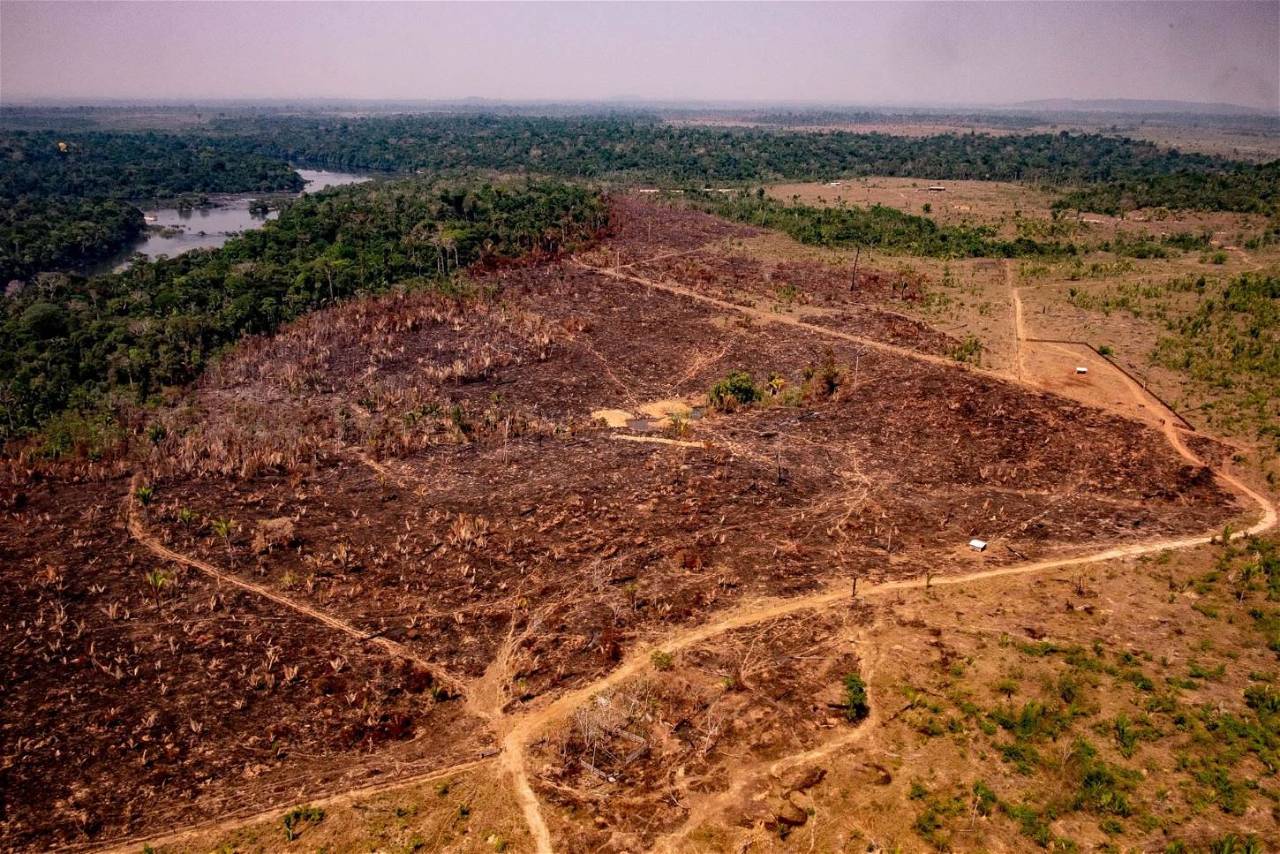
According to the Forest (Conservation) Rules, 2022, announced on Tuesday, the environment ministry has instructed the establishment of a project screening committee in each state/UT for an initial evaluation project involving the diversion of forest land. According to the guidelines, the five-member committee must convene at least twice a month and provide timely project advice to the state governments.
The announcement states that the committee will review each request without considering its merit after receiving it from state governments or administrations of Union Territories (UTs). The committee will consider whether the proposal is complete in all respects, as well as its location in relation to restricted areas or categories. The committee may contact the user agency for clarification or additional documents, according to the notification.
The new rules also specify the time frame for reviewing various types of projects. Non-mining projects of 5-40 hectares must be reviewed within 60 days, and mining projects must be reviewed within 75 days.
The committee is given more time for projects involving a larger area- 120 days for non-mining projects involving more than 100 hectares and 150 days for mining projects. According to a senior environment ministry official, the committee will help shorten the time it takes to complete the review process.
"This is a novel concept that has been developed to shorten the time required to appraise projects involving forest land." To save time, the project screening committee will be led by a nodal officer, but it will also include a district collector and a conservator of forests who will advise on projects and do the initial screening. Previously, it would take a year, say, just to screen a project," said the official.
Another significant change introduced by the new rules is that all linear projects (roads, highways, etc.), projects involving forest land up to 40 hectares, and projects involving forest land with a canopy density of up to 0.7 -regardless of their extent for survey purposes- must be examined in the Integrated Regional Office.
"The process has been decentralized, with integrated regional offices responsible for considering all linear and hydel projects, but all mining projects will be appraised by the central office," the official added. The notification also shifts the burden of ensuring forest dwellers' rights are rehabilitated to state governments.
Compliance with the Forest Rights Act was previously required before the Centre granted stage II forest clearance to any project; however, this has changed.
"There is an underlying assumption that small amounts of forest areas have less impact and thus require less scrutiny, allowing decisions to be made more quickly." That logic is represented by the timeline provided in the new rules. This logic, however, is neither ecologically valid nor socially legitimate. To scrutinize some of these proposals, it is critical to have site-specificity rather than the area in question. The size of a forest area in question does not indicate how important or critical that area is. "Small areas can be important wildlife corridors or break access to areas that support important biodiversity," Kanchi Kohli, legal researcher at the Centre for Policy Research, said in response to the project screening committees' timelines.
Those applying for diverting forest land in a hilly or mountainous state with green cover covering more than two-thirds of its geographical area, or in a state/UT with forest cover covering more than one-third of its geographical area, will be able to take up compensatory afforestation in other states/UTs where the cover is less than 20%, according to the new rules.
















